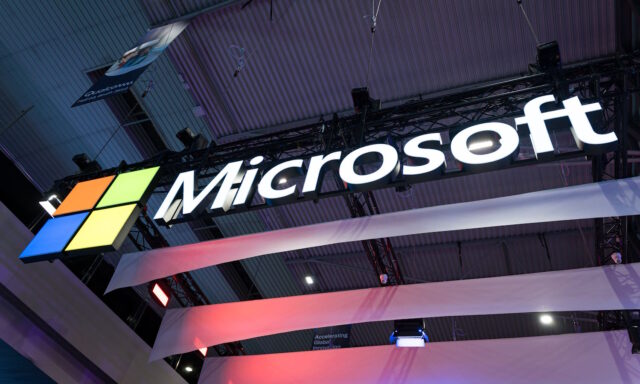Microsoft listens to users and revises its WSUS driver synchronization deprecation plans

Microsoft had made much of its plans to deprecate WSUS driver synchronization, announcing the intention in the middle of last year. In January, it issued a reminder that service was being closed down, and then again in February.
But now the company has had a change of heart. WSUS support for driver synchronization was due to come to an end this month, but Microsoft has backtracked saying that -- based on “your valuable feedback” -- it has revised its plans and will keep the service active.
See also:
- Microsoft is giving the Windows 11 Start menu a major overhaul -- and you’re going to love it!
- Microsoft is finally letting you change the size of taskbar icons in Windows 11
- Microsoft makes a browser-based, AI-generated version of Quake II to promote Copilot -- play it now!
Although Microsoft says that it has listened to what users of the service have had to say, the company is not completely changing its plans... yet.
In a message posted to the Windows Release Health page, it says:
Does your organization still rely on Windows Server Update Services (WSUS) for driver synchronization? While it’s part of a deprecated WSUS service, you still can. Based on your valuable feedback, we are postponing the plan to remove WSUS driver synchronization, which was slated for April 18, 2025. Stay tuned as we work on a revised timeline to streamline our services for you.
While this is a significant and notable change of heart, it not a complete stay of execution for WSUS driver synchronization. Expanding upon the brief note on the Release Health page, Paul Reed clarifies that “this decision postpones previous plans to end this support in April 2025”. He points to feedback from users with disconnected devices as one of the reasons for the postponement.
He goes on to say:
Effective immediately, we are postponing the plan to remove WSUS driver synchronization. WSUS will continue to synchronize driver updates from the Windows Update service and import them from the Microsoft Update Catalog.
Stay tuned as we work on a revised timeline to streamline our services for you. Now is a good time to start exploring ways to use alternative in-support technology for better security and productivity.
Microsoft remains eager for admins to move onto other solutions such as Windows Autopatch, Microsoft Intune and Azure Update Manager, however.
Image credit: Davide Bonaldo / Dreamstime.com